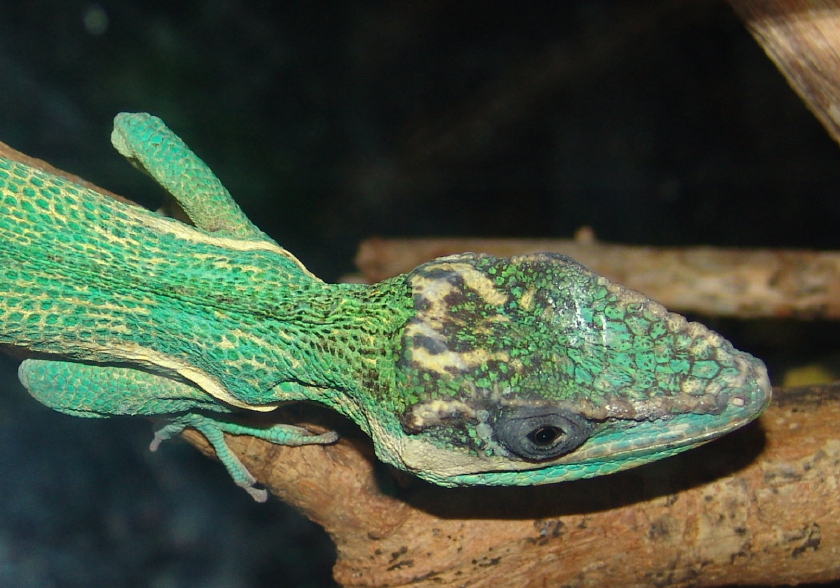Sue Wieber Nourse Holds Juvenile Kemp’s Ridley
In the middle of an Arctic blast bringing some of the rawest, coldest conditions to the Outer Cape in several years, a tiny Kemp’s ridley sea turtle was discovered frozen in a cove off Blackfish Creek in South Wellfleet. Weighing in at 1500 grams, this one-and-a-half to two-year-old juvenile arrived too late in the season for any plausible chance of rescue, but it will add information to the collaborative research effort to learn more about this rarest sea turtle in the world in order to prevent future losses.
Click Here to View Video in High Quality
Alison Palmer Interviewed by Sue Wieber Nourse
Alison Palmer of Old Wharf peninsula in South Wellfleet spotted seagulls pecking at an object in the cove beneath her home on Blackfish Creek. At first she thought the birds had stumbled onto one of the carcasses from dophin strandings over the last few weeks. Alison bundled warmly and braved frozen conditions to struggle down her steep bank to the shore. She found a “heart shaped” carapace, indicative of a Kemp’s ridley, and she retrieved it from the wrack line. As Alison notes in her interview, this turtle represented her first Kemp’s ridley in many years of watching out for these critically endangered critters. As an aside, Alison is always the first person to report diamondback terrapin awakenings each spring as they appear in the protected cove below her cottage.
Juvenile Kemp’s Ridley Measurements
After we recovered the Kemp’s ridley from Alison, the Turtle Journal team brought it to Mass Audubon’s Wellfleet Bay Wildlife Sanctuary. The triage center has mostly been broken down for the season, as conditions make the rescue of a live tropical or semi-tropical sea turtle more than a miracle. Still, we delivered the turtle to the wet lab, and we measured, weighed and documented the animal’s condition. Results are shown in the image above.
HOW COLD IS IT?
Click Here to View Video in High Quality
Waves Flash Freeze on Frigid Wellfleet Beach
You’ve heard our description of frigid conditions and you’ve read our tales of waves “flash freezing” on the beach as soon as they touch the frozen sand and are exposed to the Arctic air. We suspect many have chuckled at these fish stories, thinking, “It couldn’t really be THAT cold.” For those who haven’t felt an Arctic blast on bare skin, for those who haven’t seen ice floes sealing harbors shut, for those who haven’t witnessed waves freezing in place as the tide floods in with the full moon, we offer this video of Wellfleet Harbor at the zenith of “warmth” this afternoon at 1 o’clock.





















